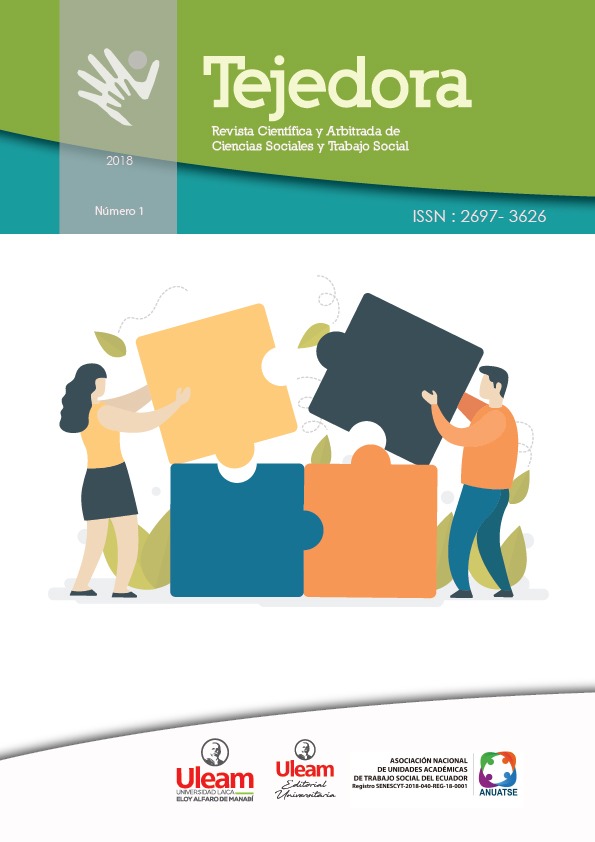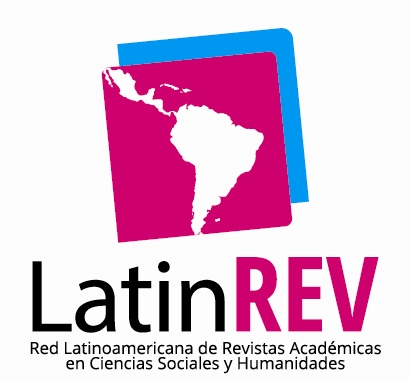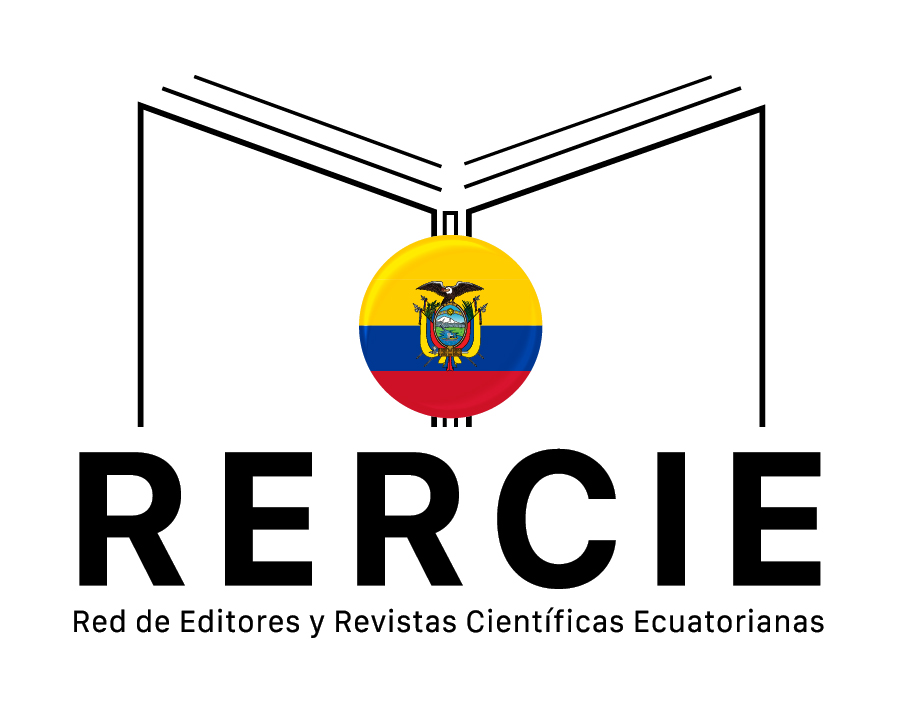STRENGTHENING OF FEMALE LEADERSHIP IN THE RURAL PARISH OF UNAMUNCHO
DOI:
https://doi.org/10.56124/tj.v7i13.007Keywords:
Female leadership, Perceptions, Gender equality, Cultural challengesAbstract
The objective of this research was to analyze the strengthening of female leadership to make visible and recognize women as leaders in work environments, historically dominated by men. The results show that 50% of those surveyed consider that female leadership is present intermittently in the community, while only 14.2% affirm that women exercise leadership roles constantly. These findings reflect a significant gap in the perception and recognition of female leadership in the community, possibly influenced by cultural barriers and gender stereotypes. Although a small percentage recognize constant female leadership, it suggests the existence of empowered women who have overcome barriers and challenged stereotypes. However, it is clear that more effort is required to achieve gender equitable participation in community leadership. To strengthen female leadership in Unamuncho, it is essential to implement strategies that promote equal opportunities and the empowerment of women, promoting a cultural and social change that values and recognizes their leadership to build a more inclusive and equitable community, in pursuit of sustainable and beneficial development for all members of the community, regardless of their gender. The collaboration of all social actors will be essential to achieve a more just, egalitarian, and prosperous society.
Downloads
References
Avolio, B. J., & Gardner, W. L. (2005). Authentic leadership development: Getting to the root of positive forms of leadership. The Leadership Quarterly, 16(3), 315-338.
Bass, B. M., & Riggio, R. E. (2006). Transformational leadership. Psychology Press.
Burns, J. M. (1978). Leadership. Harper & Row
Cruz, Lucena, & Domingo. (2020). Female principals and leadership identity. A review of the literature. Orlando: The International Journal of Organizational Diversity,.
Khalid, A., Aslam, S., Sajjad, A., & Asghar, S. (2021). Empowerment and women leadership: A review of literature. Journal of Gender Studies, 30(1), 76-90.
Zuloaga, & Moncayo . (2015). Liderazgo y género: barreras de mujeres directivas en la academia. Pensamiento y gestión, (39), 142-177.
Torres, Pedraza , Ortiz , & Mejía. (2019). La mujer y el liderazgo empresarial. Bogota: Redalyc.
Pérez. (2018). La mujer y la sociedad. Perú: Fabyl .
González. (2019). La sociedad y la mujer empresarial .
García, (. R. (2020). Perspectivas de género y políticas de formación e inserción laboral en América Latina. Buenos Aires. Buenos Aires : redEtis.
Osca. (2021). Desarrollo de carrera y género: factores que influyen en las diferencias entre hombres y mujeres. . Revista de Psicología del Trabajo y de las Organizaciones.
Duryea. (2021). La mujer en el mercado de trabajo. Lima : BID.
Ramos, M., Ludín , B., & Fonseca . (2020). Liderazgo femenino en Bayamo. Granma: Revista cientifica de la provincia de Granma .
González. (2019). El gran mundo de los negocios femeninos . Uruguay: Librs.
Canava, & Jaramillo . (2020). Claves feministas para liderazgos. Venezuela: Uvigo.
INEC . (2011). Encuesta a mujeres indigenas de Ecuador . Cuenca: Instituto nacional de estadísticas y censos .
Published
How to Cite
Issue
Section
License
Copyright (c) 2024 Revista Científica y Arbitrada de Ciencias Sociales y Trabajo Social: Tejedora. ISSN: 2697-3626

This work is licensed under a Creative Commons Attribution-NonCommercial-ShareAlike 4.0 International License.






















